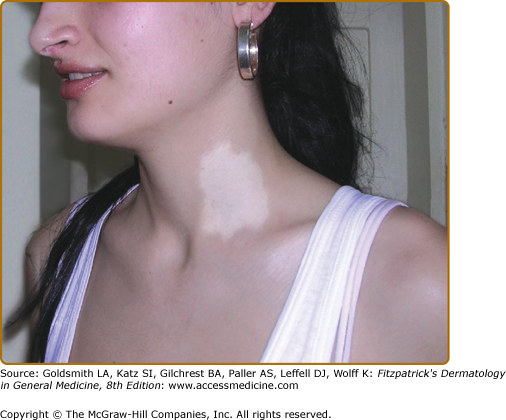

We measured the serum level of CXCL10 and CXCL12 in the patients and controls using the enzyme-linked immunosorbent assay (ELISA) method. The control group included 10 males and 10 females with ages ranging from 10 to 65 years. Twenty healthy age- and sex-matched controls were included.

This group included 20 male patients and 20 female patients, with ages ranging from 10 to 65 years. Forty patients with non-segmental vitiligo (NSV 20 patients with active disease and 20 stable patients). The aim of this study was to evaluate the role of CXCL10 and CXCL12 in the pathogenesis of vitiligo and to detect its relationship to disease activity. These were suggested to promote melanocyte-specific cytotoxic T lymphocyte (CTLs) to infiltrate into the basal layer of the epidermis to attack melanocytes, resulting in the deficiency of melanin. C-X-C motif chemokine ligand 9 (CXCL9), CXCL10, CXCL11 and CXCL12 are linked to the Th1 pattern and have been suggested as one of the most relevant chemokine axes that promote T cell migration in different autoimmune and inflammatory process.
Vitiligo universalis skin#
The main manifestation of vitiligo is skin depigmentation, which significantly influences appearance and brings enormous psychological stress for patients. Vitiligo is a common pigmentary disease that affects 0.5% to 1% of the global population. 2021 14(9):27–32.īy Khaled Gharib, MD Hend Gadallah, MSc and Ayman Elsayed, MDĪll authors are with the Dermatology Department, Faculty of Medicine at Zagazig University in Zagazig, EgyptįUNDING: No funding was provided for this article.ĭISCLOSURES: The authors report no conflicts of interest relevant to the content of this article.ĪBSTRACT: Background.


 0 kommentar(er)
0 kommentar(er)
